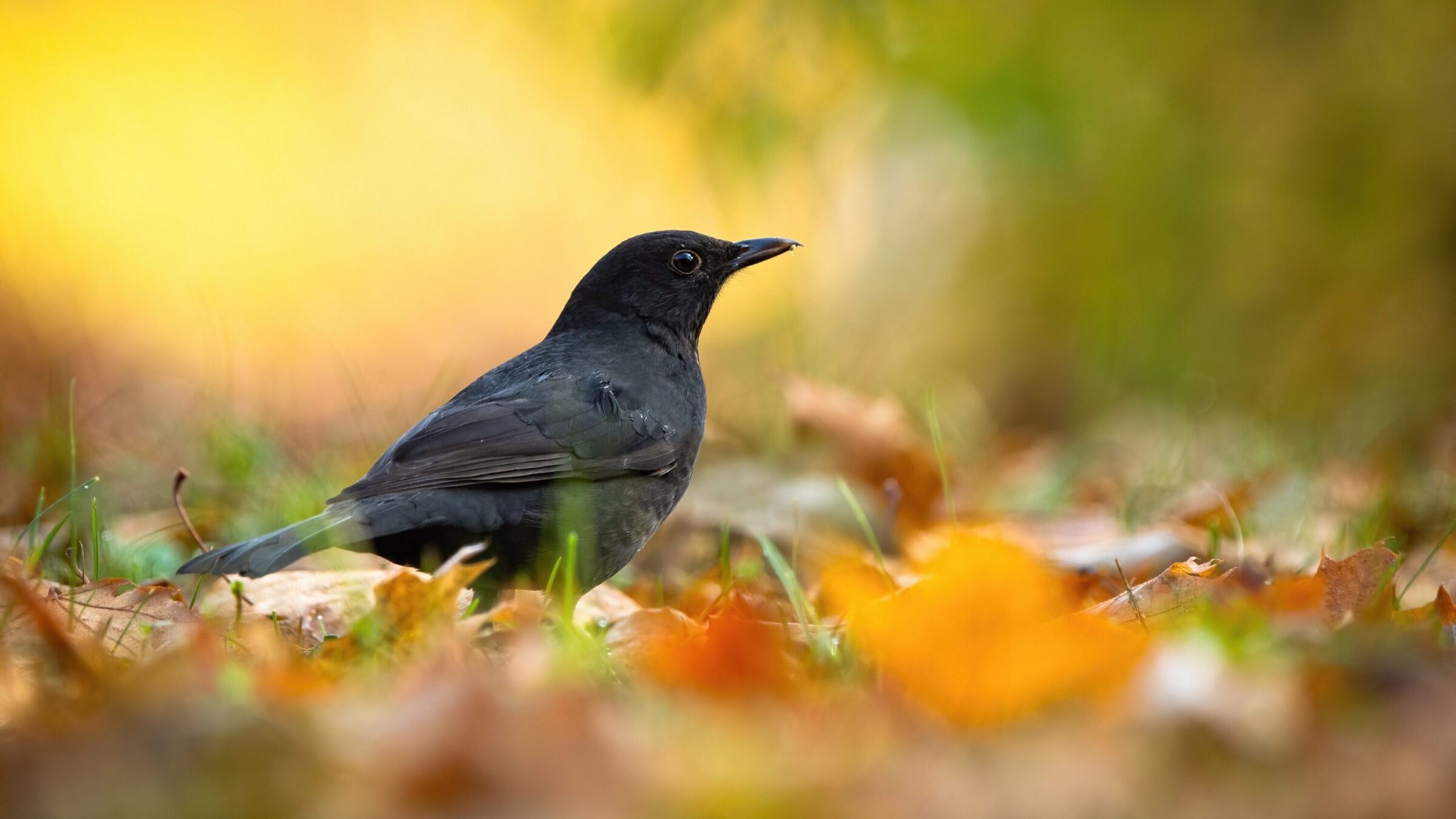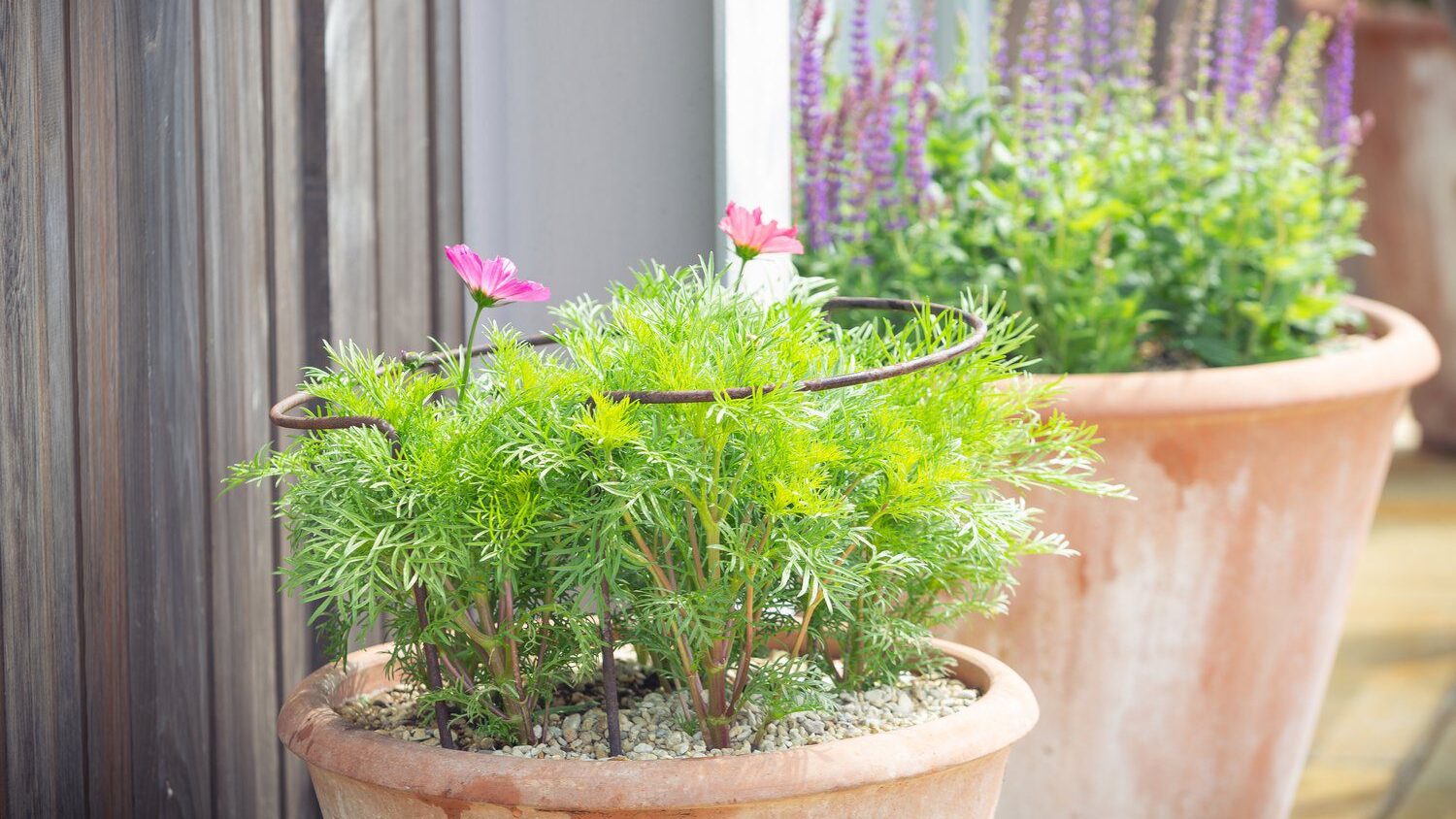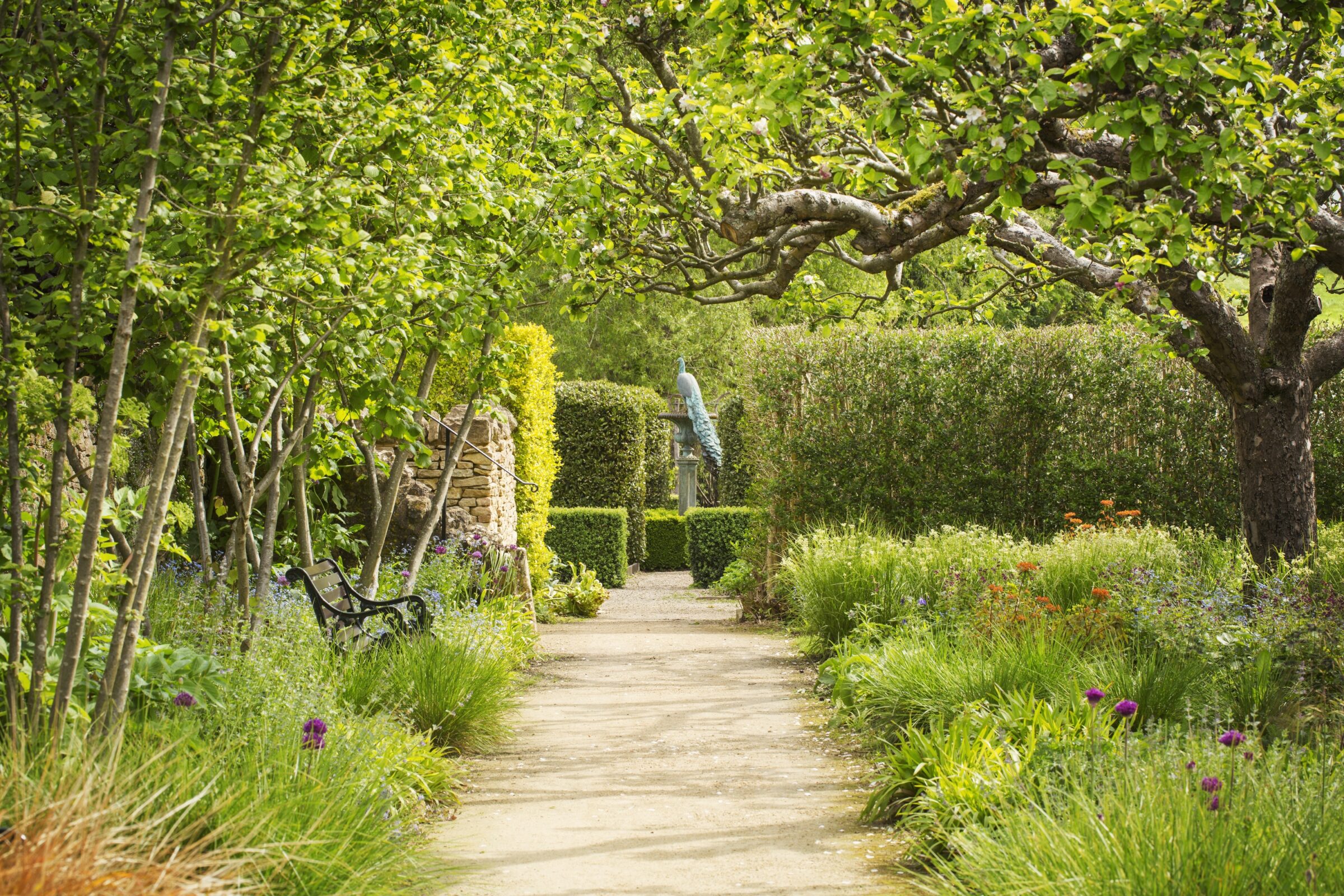A garden is your place to entertain guests, as a functional space for activities, or a secluded and private retreat, shielding you from the outside world with tall hedges, strategically placed trees, or trellises covered in climbing plants. Patios, decks, or seating areas can provide comfortable lounging, reading, or socialising spaces. And then drawing the eye with features like water fountains, fire pits or other decorative features can add sensory elements and become focal points that invoke relaxation and entertainment.
Garden themes to consider
Many garden designs feature themes which have unique characteristics. For example, cottage gardens are known for their romantic and informal charm. They often feature a mix of flowering plants, herbs, and vegetables arranged in a seemingly haphazard yet harmonious manner. The focus is on creating a lush and abundant display with plants spilling over borders and climbing structures like arbors or trellises. In a typical cottage garden you’ll find an abundance of roses, daisies, foxgloves, lavender, and other cottage-style flowers.
A zen garden, by contrast, features minimal planting in a simplistic and symmetrical setting. They often feature carefully raked gravel, sand or large stones to promote a meditative atmosphere. Zen gardens may also include elements like bamboo, water features, and moss to enhance the serene ambiance.
Formal gardens are characterised by their structured and symmetrical layouts. They often feature geometrically shaped hedges, neatly trimmed lawns, and arranged flower beds. They include topiaries, fountains, statues, and pathways to add to the refined and organised aesthetic.
Mediterranean gardens take inspiration from the landscapes of southern Europe, particularly Italy, Greece, and Spain. These gardens often feature drought-tolerant plants, such as lavender, rosemary, olive trees, and citrus trees. The design emphasises natural materials like stone, gravel, and terracotta and typically includes paved courtyards, pergolas covered in vines, and terraces that offer outdoor dining and relaxation spaces.

The Native or wildlife gardens focus on attracting and supporting local wildlife, including birds, butterflies, and pollinators. These gardens incorporate native plants well-adapted to the local climate and soil conditions. The design often includes a variety of flowering plants, shrubs, and trees that provide food and shelter for wildlife. Features like bird feeders, birdbaths, and nesting boxes enhance the garden’s wildlife-friendly atmosphere.
There are many more garden themes to consider but your garden should be designed to put you most at ease. You might want to include cosy seating areas with long lasting beautiful outdoor furniture or a water feature such as a small pond, fountain, or a tumbling waterfall for the sense of tranquillity it brings. Then, various cascading flowers, herbs, or succulents in stacked planters or hanging baskets to add visual interest and maximise space.
Create an enchanting pathway through your garden using stepping stones, gravel, or even reclaimed wood planks, enhancing it with surrounding plants or flowers to make it feel like a magical journey. And don’t forget outdoor lighting fixtures to illuminate your garden during the evening hours. Use string lights, lanterns, or spotlights strategically to highlight focal points, such as trees, sculptures, or flower beds.
What to grow
What you grow in your garden is a matter of personal preference. Some people like an abundance of flowers and plants, but others like a functional purpose to their garden. Growing vegetables and herbs adds visual appeal with the different textures and colours of the plants. Choose various flowering plants in vibrant colours and varying heights and textures to add beauty to your garden. Add in some decorative plant supports. Create a focal point with a pergola or arbour to give shade and form a framework for climbing plants like roses, wisteria, or vines.
You could add personality to your garden by incorporating art, sculptures or decorative planters that will stand the test of time. Arrange them in groups or along pathways, and fill them with a mix of flowers, ornamental grasses or small trees.

Don’t forget sustainability
Sustainability should be at the heart of everything we do in the garden. So when you’re considering your garden design be sure to;
- choose native plants that are well adapted to your local climate and soil conditions and therefore need less water, fertiliser, and pesticides and provide habitat for local wildlife.
- create space for a rainwater harvesting system to reduce the need for tap water and conserve resources.
- avoid synthetic fertilisers and opt for organic alternatives.
- interplant compatible species, creating beneficial insect habitats, and using companion planting techniques to maximise plant health and productivity.
- opt for sustainable materials like reclaimed wood, long-lasting metal, or natural stone. These materials have a lower environmental impact and can add unique character to your outdoor space.
- encourage biodiversity in your garden by planting flowers that attract bees, butterflies, and other pollinators. These insects are vital in pollinating plants and maintaining a healthy ecosystem. Avoid pesticides that can harm beneficial insects and opt for natural pest control methods.
- for outdoor lighting, choose energy-efficient options such as LED bulbs that consume less electricity and have a longer lifespan than traditional incandescent bulbs.
A beautiful garden is a must to gain the most enjoyment and relaxation from it. And hopefully we have given you some ideas on how to create an outside space to be proud of. With lush greenery, vibrant flowers, and carefully selected plant combinations, your garden can have positive environmental impacts too, providing a habitat for birds, butterflies, and other wildlife gardens, which can contribute to a greater sense of well-being that connects us to nature and the multitude of benefits it brings.

